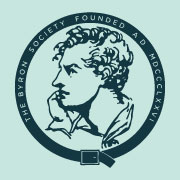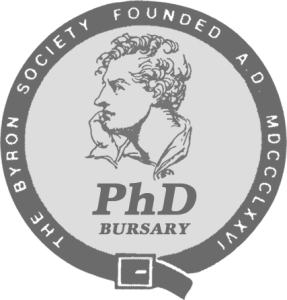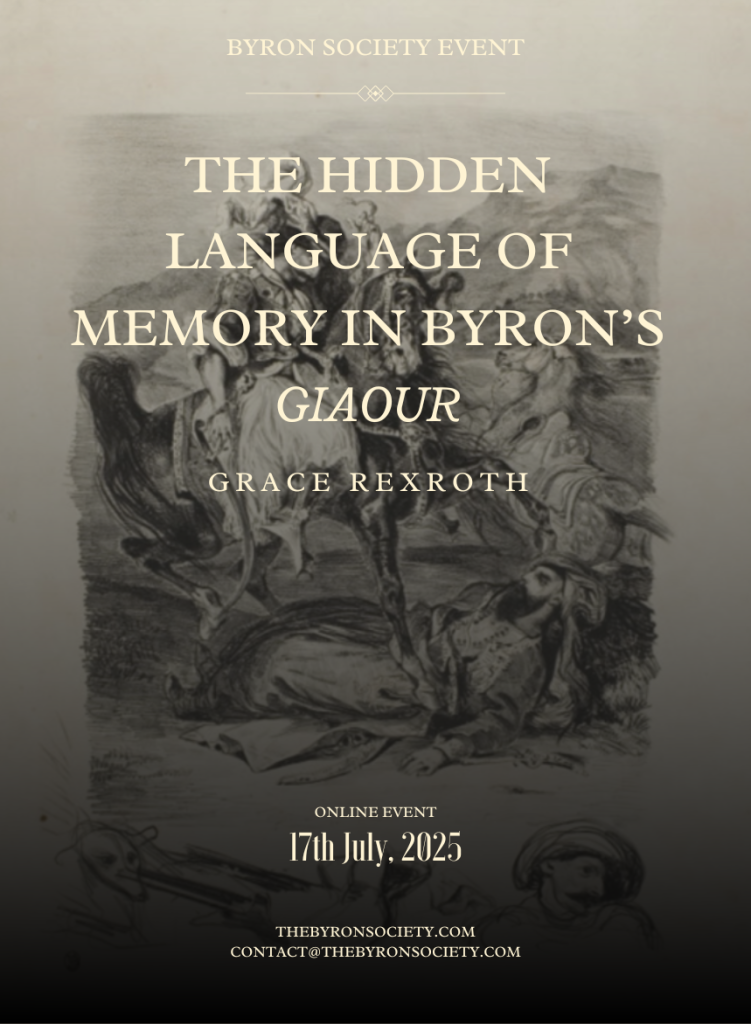By Marty Ambrose
6th April 2022
I had always been mildly interested in her as a scholar but, also, so influenced by Byron’s offhand comment in a letter about Claire as “that odd-headed girl”; and Mary Shelley’s thinly-disguised annoyance with her stepsister’s constant presence in her life with Shelley (often tinged with jealousy). However, as a writer, I came to be fascinated by her as the “almost famous” member of the quartet. Ironically, Claire outlived all of them (except Edward Trelawny) by many decades and had her much-later “revenge from the grave” when a fragment of her lost memoir was found by historian, Daisy Hay, in a New York public library in 2010. Hay included it in her book, The Young Romantics, which is where I first read it, causing one of those epiphanies that changed the course of my life and my fiction-writing career.
I knew Claire had been part of the famous literary “haunted summer” in Geneva during 1816 which produced, most notably, Byron’s “Prometheus” and Mary Shelley’s Frankenstein. And even though Claire wrote a novel, The Idiot (lost over time), and penned superbly witty letters, she never achieved the brilliance or celebrity of the rest of the Byron/Shelley circle. Mostly, she became known for bearing Byron’s illegitimate daughter, Allegra, and being the “third-wheel” in the various Shelley family households in Italy. And yet, I had always been struck by her portrait, with its slightly exotic look and half-hidden smile. Who was she, really?
It turns out, quite a complicated and amazing woman in her own right.
Interestingly, Claire’s memoir fragment gave me a new and very negative perspective on the summer of 1816 as “Under the influence of the doctrine and belief of free love, I saw the two first poets of England [Byron and Shelley] . . . become monsters.” Even worse, she adds their time there was a “perfect hell.” It was a vehement contradiction of everything I had read about that magical interlude—primarily from the other members of the quartet. Her alternate view seemed intriguing, to say the least. At that point, I had to learn more about Claire through her words and her perspective, which proved challenging. As Byron, Shelley, and Mary Shelley began passing into legend during the nineteenth-century, Claire became more and more obscure, living out her last days in genteel poverty in Florence, Italy. She was the one “left behind” in almost every way.
Yet she had a voice.
And it connected with me as an author because I was at a crossroads in my career, recovering from a severe back injury, wanting to pursue my fiction as a full-time writer, and trying to find my own voice. But I didn’t have a clear sense of how I wanted to do it. Then, I started to dig for information about Claire and found an old edition of her journals from 1968, as well as the decades-old biography and a two-volume edition of her letters. I delved into Claire’s checkered life and, gradually, the fragments of her existence came together in my thoughts: the young, reckless woman who initiated an affair with Byron—the great love and torment of her life; and, the older-but-wiser expatriate, living on her delicately ironic memories in Italy. Yet she could be vehemently bitter with regard to her daughter, Allegra, whose death she never quite accepted. So, I decided to tell Claire’s story from those two perspectives, youth and old age, and found my new direction: a genre-bending historical novel. It felt right and I dipped my toes into the waters of a new world.
I applied for a grant and had the chance to travel to Geneva and Florence to research the book, which turned out to be only the beginning; it expanded into a trilogy. Like Claire, I took on new travel adventures that constantly inspired me, from experiencing the bicentennial of Mary Shelley’s Frankenstein in Geneva (and seeing the original manuscript with Percy’s notes), to participating in a writers’ conference in the ancient city of Matera, Italy, to visiting steam caves where Caesar once sat in Bagni di Lucca, near Florence. My husband even learned Italian so we could manage to chat with local experts in their own language . . . and I finally understood why the Romantics chose to make this country their home; it’s a beautiful landscape full of amazingly generous people. Through all the travels and research, I had the chance to explore Claire’s story, weaving a bit of mystery around her daughter’s death and pushing myself as a writer every step of the way. Claire’s Last Secret became the book of my heart, then the sequel followed, A Shadowed Fate. The trilogy comes to an end this year with the final book, Forever Past, which comes out this spring with Severn House. I loved every minute of it.
When I first read that fragment of Claire’s memoir in 2015 and decided to write her story, it was a step into the unknown. I don’t think I could have penned this kind of work as a younger writer because it meant understanding the weight of age and the burden of memory; yet, her story led me to a level of awareness about unheard voices: they are sometimes the most powerful ones.
They can lead to new horizons, new ways of thinking, and new lives. It certainly did for me.
It was difficult to let go of Claire at the finish of the trilogy, but all journeys come to an end, something she was only too aware of when wrote of her fear during her final days that her life would be “lost in oblivion.”
I don’t think it will.



